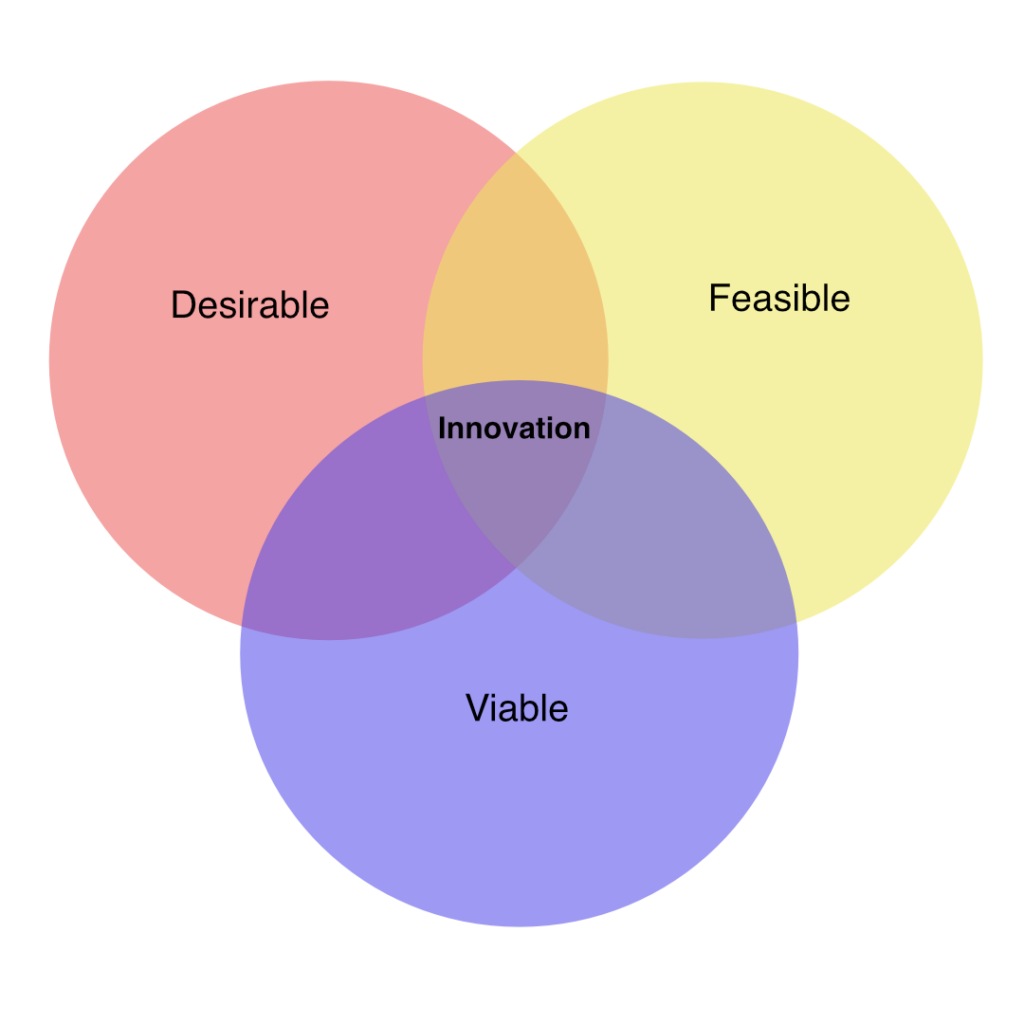Beyond the Price Tag: How Payment Methods Can Make or Break Your Startup
I came across the DVF framework from Ideo years ago. The DVF framework consists of three areas – Desirability, Viability, and Feasibility. Desirability answers the question, “Do customers want it?” Viability answers the question, “Will customers pay for it?” Feasibility answers the question, “Can we build it?” If you are able to answer and quantify your answers for all three with positives, then you more than likely have a potentially successful – and sellable – product on your hands.

There’s a lot of proving that goes on in the early stages of a new idea, mostly in the desirability and feasibility areas. Most of the time, startups build something and have early adopters use them to gauge their ideas. But very few put in time to dive deep into viability. Most often, I see a superficial dive into viability, with some high-level discussion like “Oh, we’re thinking of charging $X for this” to gauge response. There’s very little cost-benefit analysis that goes on.
Pricing is definitely important, especially for your target market and outcomes. For example, Tesla’s first-ever car, the Roadster, was priced at more than $150,000 and was aimed at the wealthy in Silicon Valley in order to bootstrap the rest of the company. Notice how that pricing targeted specific users and how they were used to paying. By pricing it out of the reach of everyday people, the first roadsters attracted a cult-like following with a certain degree of exclusivity. This pricing worked for their target users (people of a particular net worth in Silicon Valley). Imagine if Tesla went after everyday people – they probably would have said no. This pricing was all part of their strategy. Tesla intended to fund their business by targeting specific people with money so that they could grow and eventually become profitable. Paying $150,000 is easy for people of a certain net worth but not for everyday consumers.
What other viability questions should you ask?

How people pay is what a lot of start-ups fail to consider. People with a lot of money can easily make a payment of $150,000 for a Tesla Roadster. Regular people would need to get a car loan to be able to pay for that kind of car. So, how people pay for something is as important as how much they are willing to pay. When looking at viability, consider other questions like:
- Who is your customer, and what payment methods are they used to? (e.g., consumer vs business customer)
- Do certain classes of customers prefer paying one way over another? (e.g., small business prefer monthly, enterprises prefer one big sum for a specified time)
This lesson hit me very hard recently. I’m currently working with a friend on a start-up idea. And the idea is definitely desirable and feasible. I demonstrated it to a friend and mentor whom I trust, and she was very excited about it, because she could really use this new app we’re building with her family. When she asked me how much I was intending to sell this thing, I gave her my response. (And being the profit streams trainer that I am, I wanted to make sure that we were profitable from the get-go – eat your own dog food, as we say here in Silicon Valley, or as my European friends would say, drink your own champagne.) Once I gave her my price and how I intended to collect it, she immediately said, “JF – sorry, but you lost me. I wouldn’t buy your product. The pricing is too complicated. I just want to pay something easily.”
In thinking about the pricing so that we don’t lose a lot of money as a start-up, I forgot how users want to pay. The pricing package I had chosen was more for businesses and enterprises. This product that we were building was for consumers. But the pricing packaging I chose was onerous for consumers.
So, as a start-up founder, this really hit home. When looking at the Viability part of the DVF, it isn’t enough to just determine how much a customer is willing to pay; it is also imperative to understand how a customer wants to pay. Even though I was thinking correctly in figuring out how to ensure I’m profitable and not incur losses when selling my potential product, I forgot about how the user wants to pay. The other lesson learned here: I’m glad I discovered this so early in the start-up process, as opposed to later down the line when I had built an entire product to launch.
PS If you’re interested in learning how you can effectively come up with pricing and pricing strategy so you have a profitable and sustainable business, head on over and check out my Software Pricing Fundamentals class.